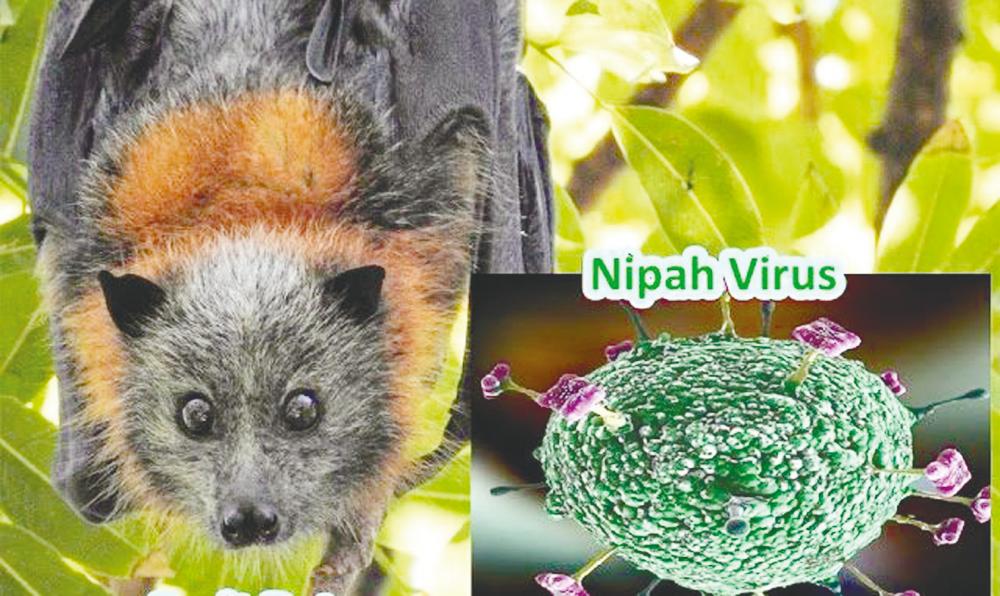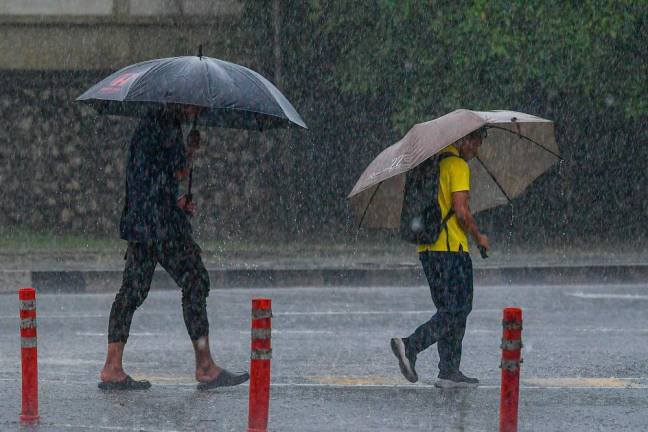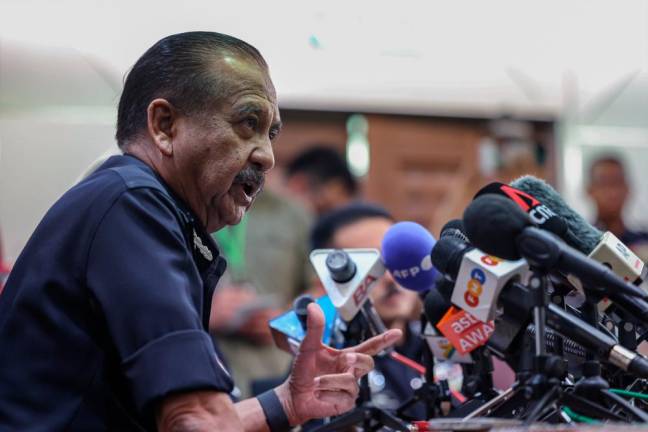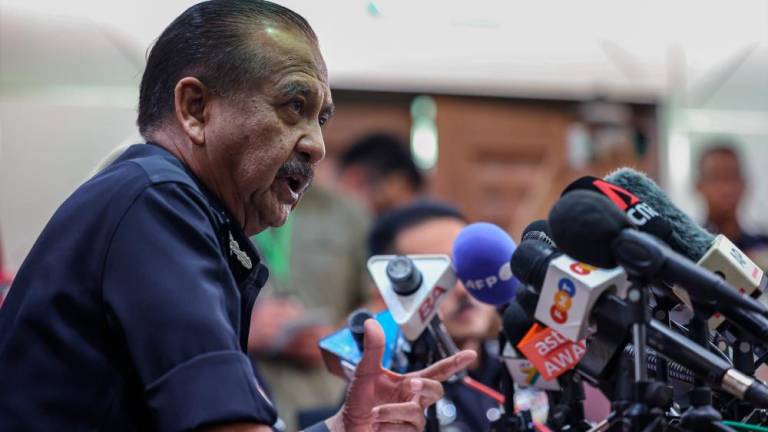MALAYSIA is not new to fighting infectious diseases as we have faced the deadly Nipah virus more than 20 years ago.
In 1999, there was no effective vaccine against the virus and despite the various lessons learnt, Malaysia is battling against time to rein in the Covid-19 pandemic.
In March 2020, Covid-19 was declared a pandemic by the World Health Organisation (WHO). Vaccines have been produced and vaccination exercises are in progress in several countries. Malaysia started vaccination in March.
There are two common traits between the Nipah virus and
Covid-19.
Both are highly contagious, originating from animals and were transmitted to humans, where the viruses have mutation capabilities with no foolproof vaccines yet.
Nipah virus infected 513 while the death toll was 398 (77.6 % fatality – Source: Business Insider), whereas the national statistics for Covid-19 victims stand at 355,753 confirmed cases and 1,308 deaths (0.37 %) as of April 8. These statistics are from our Health Ministry.
Both diseases have claimed lives but the casualties are not only humans – they have had a significant impact on the country’s economic, social and technological aspects.
Economic impact
Losses were estimated at RM2 billion due to pig culling activities to contain the Nipah virus, while the entire pig rearing industry in Malaysia suffered a major blow.
A lesser-known economic impact but with greater economic loss was mink culling in Denmark, estimated at RM20.3 billion for 17 million minks culled. (Source: ft.com).
The entire mink industry was destroyed.
According to Bloomberg, the economic impact due to Covid-19 to Malaysia is far greater, with losses amounting to an estimated RM2.4 billion per day due to prolonged lockdown.
Social impact
The social impact of both diseases vary as Nipah virus was more of a national concern, with cases mostly in Perak, Negri Sembilan and Selangor while the change of lifestyle, travel restrictions, cultural and authoritative inconveniences created by Covid-19 is more global.
Technological impact
There is much greater improvement in communication tools used to combat Covid-19 compared to Nipah virus, with the government holding daily press conferences, which are accessible across all social media platforms and short-messaging services to update citizens on the situation.
Strategies for the future
It is time for the government to invest in strategies against Emerging Infectious Diseases (EID), including research and development activities, manufacturing of vaccines and diagnostics kits for Covid-19.
These strategies include developing:
-> Zoonotic (animal to human transmission) surveillance systems to track animals’ vectors of diseases to humans;
-> A diagnostics deployment plan for calibration, comparison and quality control that is ISO/WHO compliant;
-> A testing and communication plan that creates direct dialogue among health workers, pathologists, lab scientists and relevant partners;
-> A clinical trial plan that consists of local, regional and international regulators and independent observers that can be made accessible to related stakeholders instantly;
-> A diversified technology platform using ICT and medical technologies that will speed up the response to the epidemic or pandemic; and
-> A rapid deployment resource plan (logistics support) consisting of all relevant partners, resources and assigned responsibilities.
In December 2019, an international conference themed “Nipah Virus International Conference” was held in Singapore to mark the 22-year of this infectious disease.
The aim of the conference was to study how to contain Covid-19 and other EID from a potential pandemic.
Malaysia was represented by many team members who fought successfully against the 1999 Nipah virus. This included the award-winning original team members who were consultants to the WHO.
It is clear from the conference that the outbreak of infectious diseases can be contained with efficient leadership and hard work by all parties from both the public and private sectors.
Political economist K.S. Jomo pointed out in his article “Nothing to Learn from East Asia?” that there are lessons to be learnt from success stories from the region, even Vietnam and New Zealand, on how to contain the pandemic and sustain economic recovery.
Without a doubt, teamwork is mandatory where politicians, bureaucrats, healthcare workers, sanitation staff and the public must work together to contain the disease.
Most importantly, the people of Malaysia from all walks of life must unite to find effective strategies and solutions to rescue Malaysia from this pandemic.
Johnny Moi is a freelance writer and editor. Comment: letters@thesundaily.com













